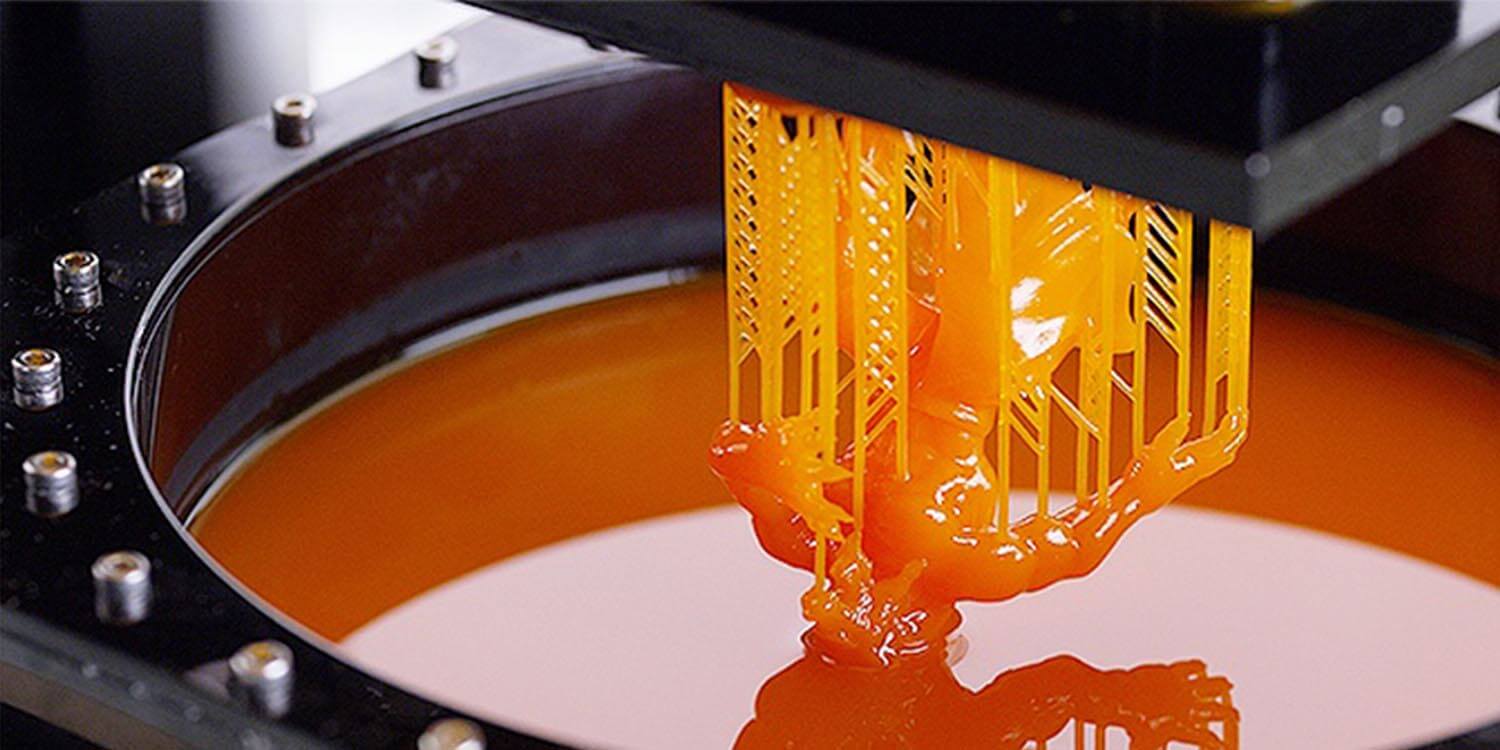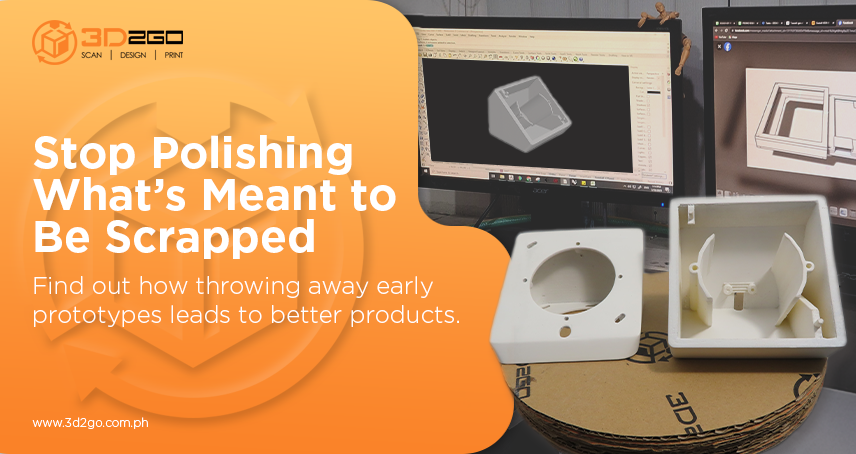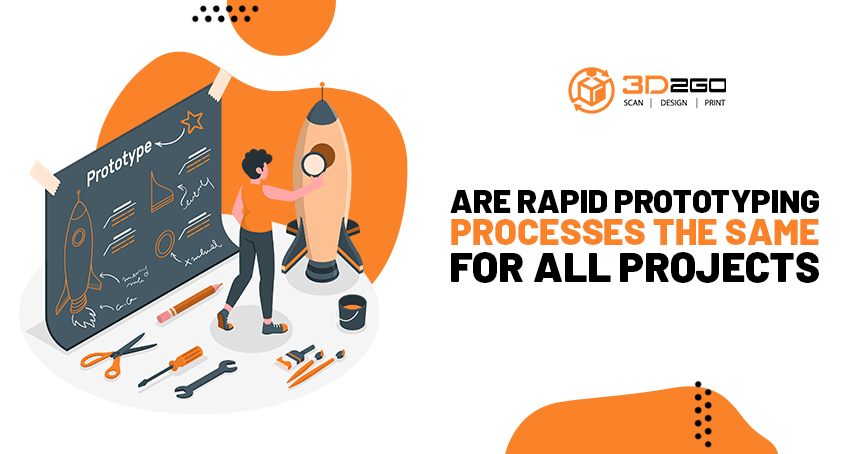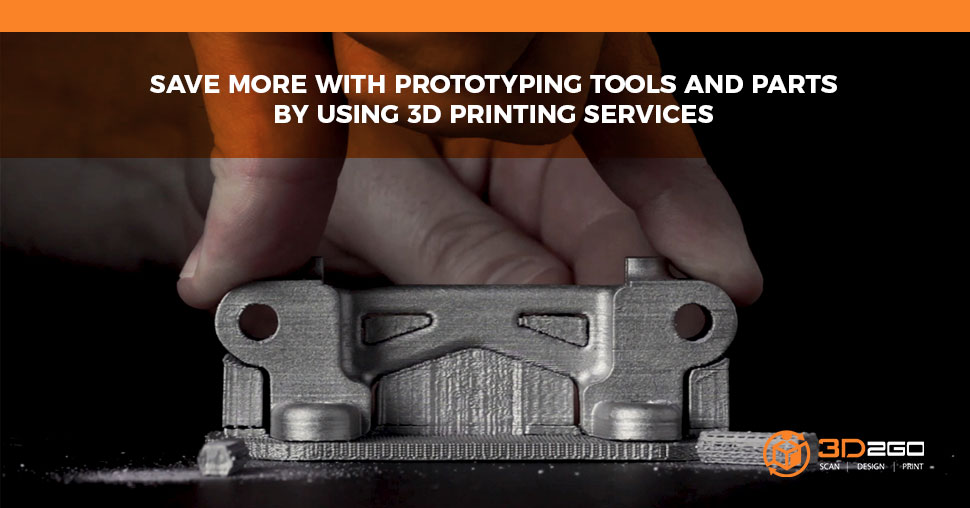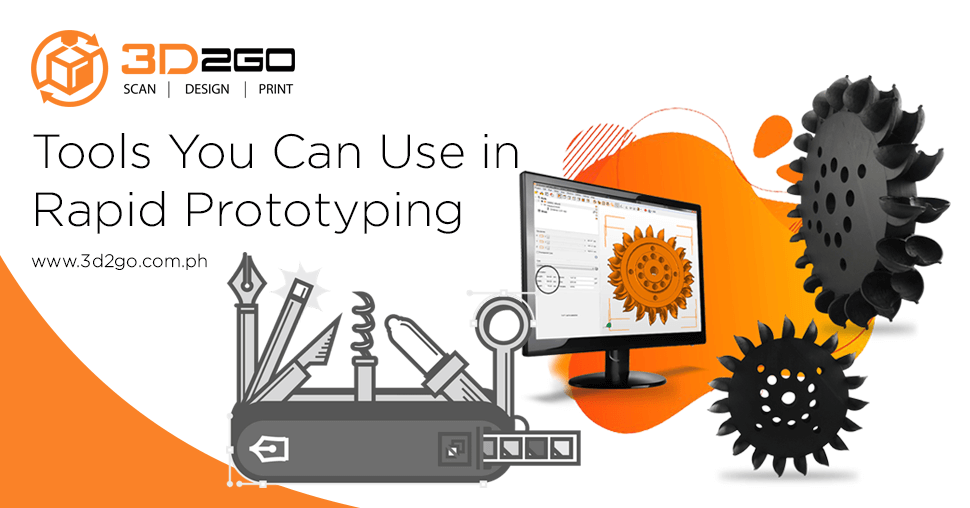
Tools You Can Use in Rapid Prototyping
May 29, 2022The Philippine 3D Printing & Digifab Conference & Expo
May 30, 2022All the factors you need to know about 3D rapid prototyping
3D rapid prototyping improved product development in the past decades. Now that the competition has turned which product will hit the market shelves? That is why 3D printing and prototyping have helped a lot of businesses.
For such purposes, SLA rapid prototyping is the most widely-used way to create prototypes to help improve the whole product development process.
SLA Rapid Prototyping Process
SLA rapid prototyping can produce a high quality, accurate, and detailed polymer parts. It uses a low power and highly focused UV laser to trace out cross-sections of a 3D object in a vat of liquid photosensitive polymer.
This is mostly used in 3D printing and prototyping and often used early in the product development process as concept or one-off presentation as models. It can produce parts with good quality and smooth surface finish. Not to mention excellent optical clarity, high accuracy and thin, straight, vertical walls.
3 Process Benefits of SLA Rapid Prototyping
3D printing and prototyping is a vital process in the overall product design and development cycle. With the use of SLA rapid prototyping it can help your products reach the market fast.
1. Speed
For 3D rapid prototyping, SLA is the most popular prototyping process among product designers and design engineers. It can help your designs get off from the drawing board. Also SLA models can be created overnight but it still depends on the exact specifications.
2. Cost effective for low volume productions
SLA rapid prototyping is perfect for small numbers and low volume production. Which it can produce quickly and easily.
3. High tolerance
This is perfect if you want to produce parts that follow very specific requirements. This allows more freedom for designers to achieve their concept designs as close as possible.
When should you use SLA for 3D printing and prototyping
As what we’ve discussed above, this is perfect for low or single run production of prototype parts. This is your choice for pre-production applications such as:
- Concept models
- Presentation models
- Investment castings
- Master patterns
- Visual tests
- Marketing validation
- Ergonomic tests
It provides the following part properties:
- High temperature resistance
- Moisture resistant
- Clear, white or translucent and even coloured output
- Excellent surface finish
- Various range of model sizes
Advantages and Limitations of SLA Rapid Prototyping
Like any other things in 3D printing and prototyping, this technique has its advantages and limitations. These are the following:
| Advantages | Limitations |
|
|
3 Things to Consider When You Choose SLA For Your 3D Rapid Prototyping
SLA is a great technique for your 3D printing and prototyping efforts. In order to maximize its potential, you have to consider these three factors.
1. Your end product
The end-goal of your 3D printing and prototyping efforts should be your final product’s application. If you want to replicate your final product’s aesthetic looks, you may need to use a 3D rapid prototyping that can produce output with a finer resolution.
However, if you want your prototype to function exactly as your end-product will, you have to choose a 3D rapid prototyping that offers robust materials and ideal for high tolerances for mechanical testing.
2. 3D printing technology
SLA is indeed the preferred technique when it comes to 3D printing and prototyping. However, you must remember that each technique has their own unique build styles, advantages and limitations.
Your preferred 3D printing technique depends on what your requirements are. SLA is perfect for aesthetic prototyping. FDM is perfect for realistic simulations of your product’s mechanical function. It can also produce strong and durable parts with engineering-grade thermoplastics.
3. Design guidelines and file formats
3D printing and prototyping uses .stl file formats for set up and builds. Most 3D CAD software can process such file formats. That is why you have to ensure your files are in .stl format.
You must remember that .stl files with multiple shells and unshared edges may cause uneven surfaces. 3D printing and prototyping involves free-form production systems. That is why you have to account for slight dimensional variance such as interference fits and line to line designs.
3D2GO Provides 3D Rapid Prototyping Services
As a pioneer of 3D printing and other related services, we use the best 3D printing techniques including SLA printing. We offer our services to various industries to help them improve their product development cycles.
3D2GO Philippines offers 3D printing, 3D scanning, 3D designing, 3D rapid prototyping, and 3D reverse engineering. We continuously serve various consumers from B2C and B2B areas.
Also, we are the official regional distributors of these 3D printers if you want to get your own to print any of your projects.
Contact us today and let us help to streamline your product development cycles.



